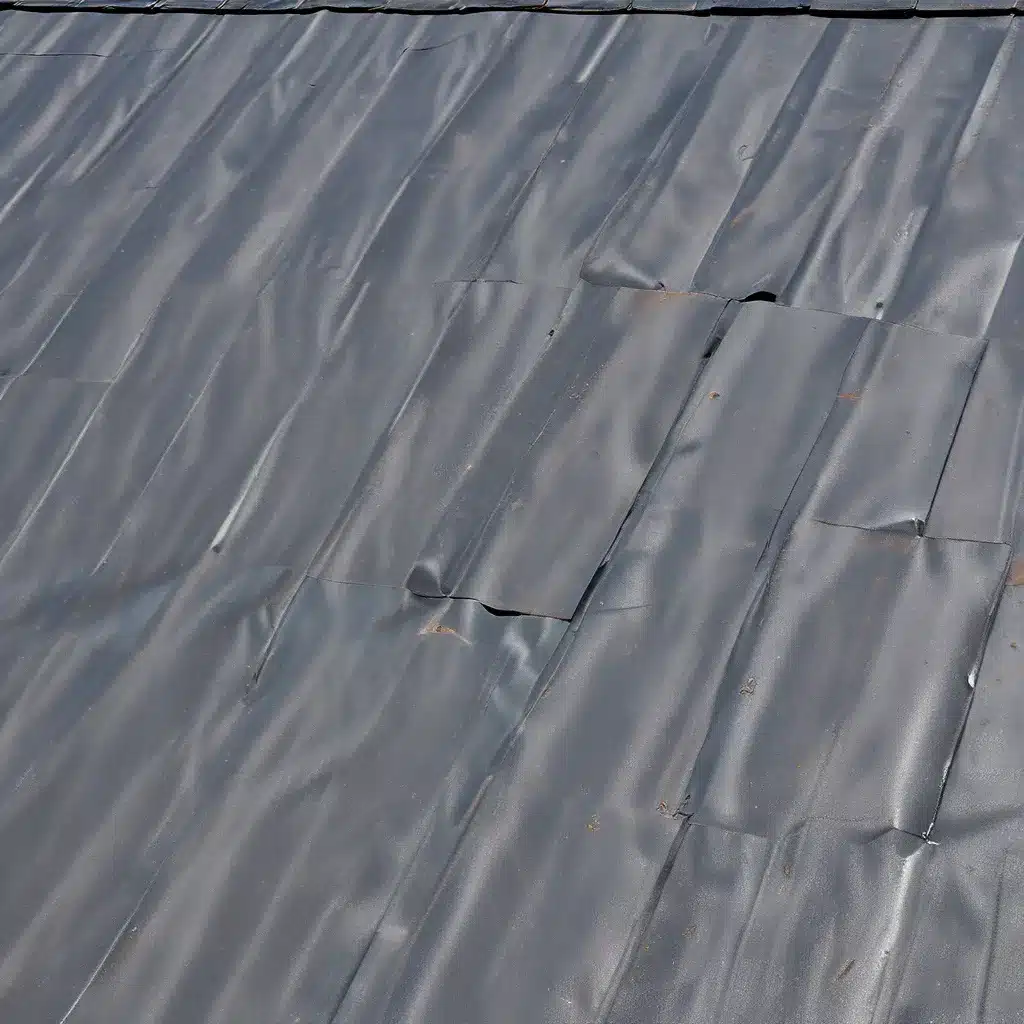
As a seasoned roofer, I’ve seen my fair share of roofing woes. But when it comes to the often-overlooked art of flashing, I have to admit, I get a little giddy. It’s like a secret language that only us roofing aficionados can truly appreciate.
You see, flashing is the unsung hero of the roofing world. It’s the thin metal or plastic material that seals all those tricky spots – around chimneys, vents, skylights, and the like. Proper flashing is what separates a roof that stands strong against the elements, and one that springs a leak the first heavy storm.
Now, I know what you’re thinking – flashing? Really? How exciting can that be? But trust me, my friends, when you understand the importance of flashing and how to master its installation, it’s a game-changer. It’s the difference between a roof that protects your home for decades, and one that has you reaching for the buckets every rainy season.
So, let’s dive in, shall we? I’m about to take you on a journey through the captivating world of flashing, where the stakes are high, and the rewards are dry, cozy interiors.
The Flashing Fundamentals
First things first, let’s talk about the basics of flashing. At its core, flashing is a thin, usually metal, material that’s used to create a waterproof seal around roof penetrations and transitions. It’s the unsung hero that diverts water away from vulnerable areas, preventing leaks and water damage.
Common flashing materials include:
– Aluminum
– Copper
– Stainless steel
– Galvanized steel
– Rubber
– Plastic
The type of flashing you choose will depend on factors like the local climate, the type of roof, and your budget. Aluminum is a popular choice for its affordability and durability, while copper and stainless steel offer a more premium look and longer lifespan.
But flashing isn’t just about the material – it’s also about the installation. Proper flashing technique is crucial, as even the slightest mistake can lead to disastrous leaks. That’s why it’s essential to work with experienced roofers who know the ins and outs of flashing installation.
The Flashing Fandango
Okay, now that we’ve got the basics covered, let’s dive into the more exciting stuff – the flashing dance, if you will.
One of the most critical areas for flashing is around chimneys. Chimney flashing is like a protective moat that keeps water from seeping into the vulnerable gaps between the chimney and the roof. It’s a delicate dance of cutting, bending, and sealing that requires a practiced hand.
Then there are roof penetration flashings, which are used around vents, skylights, and other rooftop features. These flashings need to be carefully designed and installed to ensure a watertight seal, as these areas are prime targets for leaks.
And let’s not forget about roof edge flashing – the unsung hero that protects the vulnerable edges of your roof. This flashing is crucial for diverting water away from the roof’s perimeter, preventing costly water damage to your home’s exterior.
The Flashing Faceoff
Now, I know what you’re thinking – with all this talk about flashing, it must be a piece of cake, right? Wrong, my friends. Flashing installation is a true art form, and not everyone can master it.
In fact, improper flashing is one of the leading causes of roof leaks and water damage. I’ve seen it all – sloppy seals, gaps, and even missing flashing altogether. And let me tell you, the consequences can be costly.
But fear not, there are ways to spot a flashing failure. Look for signs like:
– Rust or corrosion on the flashing material
– Cracks or gaps in the sealant
– Loose or missing fasteners
– Water stains or discoloration around the flashing
And when it comes to fixing these issues, it’s not as simple as just slapping on some new flashing. Proper flashing repair requires a keen eye, the right tools, and a deep understanding of roofing systems.
The Flashing Finale
So, there you have it – the captivating world of roofing flashing. It may not be the most glamorous topic, but it’s a critical part of keeping your home safe and dry.
Mastering the art of flashing isn’t easy, but it’s worth it. When you work with a skilled roofer who knows the ins and outs of flashing installation, you can rest easy knowing your roof is protected from the elements.
And as for me, well, I’ll keep doing my flashing dance, one watertight seal at a time. Because at the end of the day, there’s nothing more satisfying than a roof that stands strong against even the fiercest storm.
So, if you’re in the market for a new roof or just need some flashing repairs, don’t hesitate to reach out to the experts at Southern Roofing Co. We’ll make sure your roof is sealed up tight, with not a drop of water in sight.